8th December 2022
They said that "we are what we eat and the secret to a longer life comes from the food we eat." Well, this is true. If we eat healthy food, we develop healthy minds and bodies. Glowing and beautiful skin, healthy hair and eyes, and a strong physique, the real secret comes from the food we eat, not from any topical chemicals we apply to our bodies.
Among all races, the Chinese are undeniably the group of people that has beautiful skin and longer lives. If there's one thing I noticed in living for long years in this Chinese country, that's the plethora of herbal ingredients they added to their food, typically to their soup.
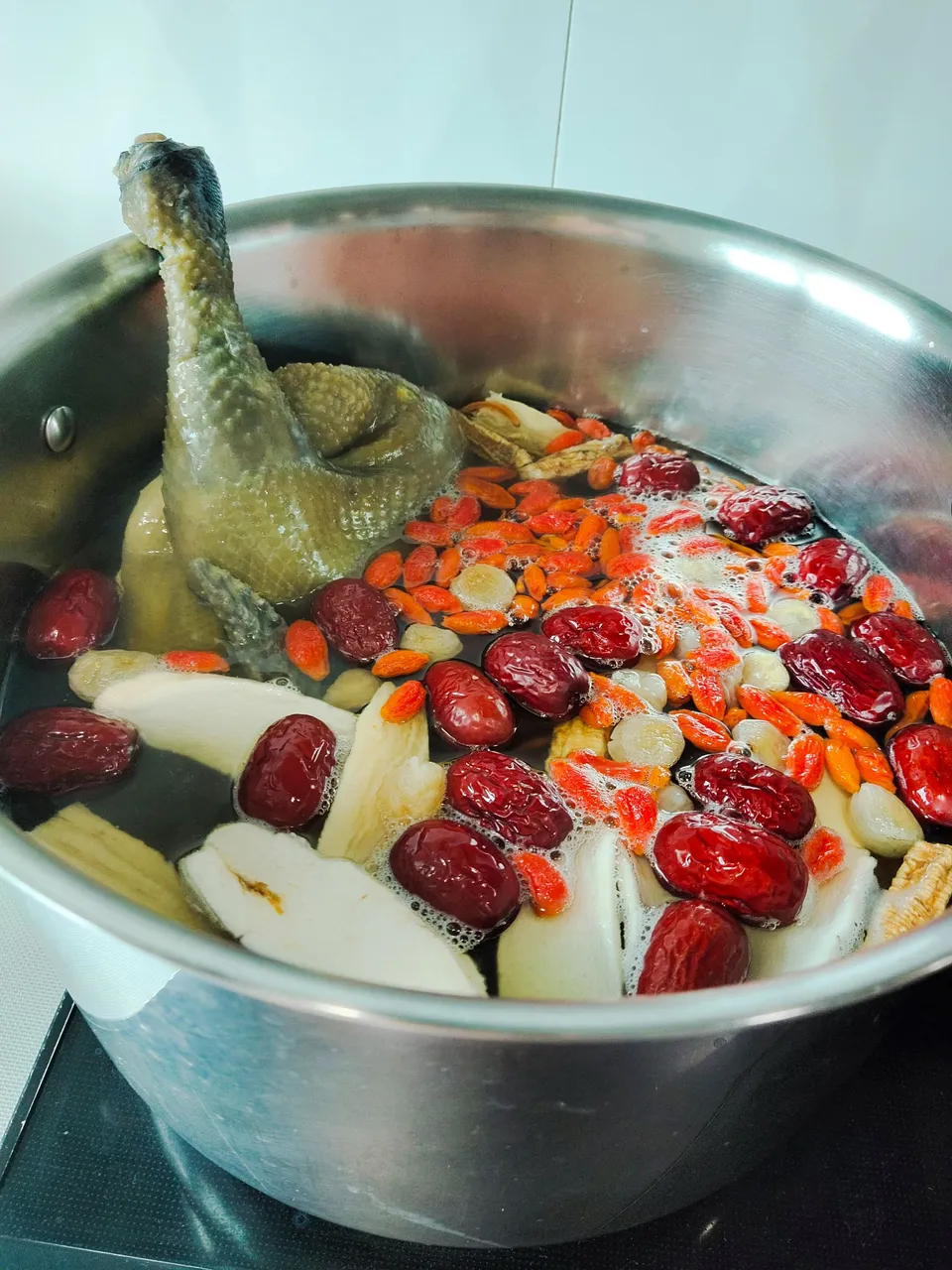
This one, for instance, is the black chicken soup with herbs which they usually cook during the cold season. Below are the ingredients to this soup and I wasn't even familiar with them until I searched them on Google.
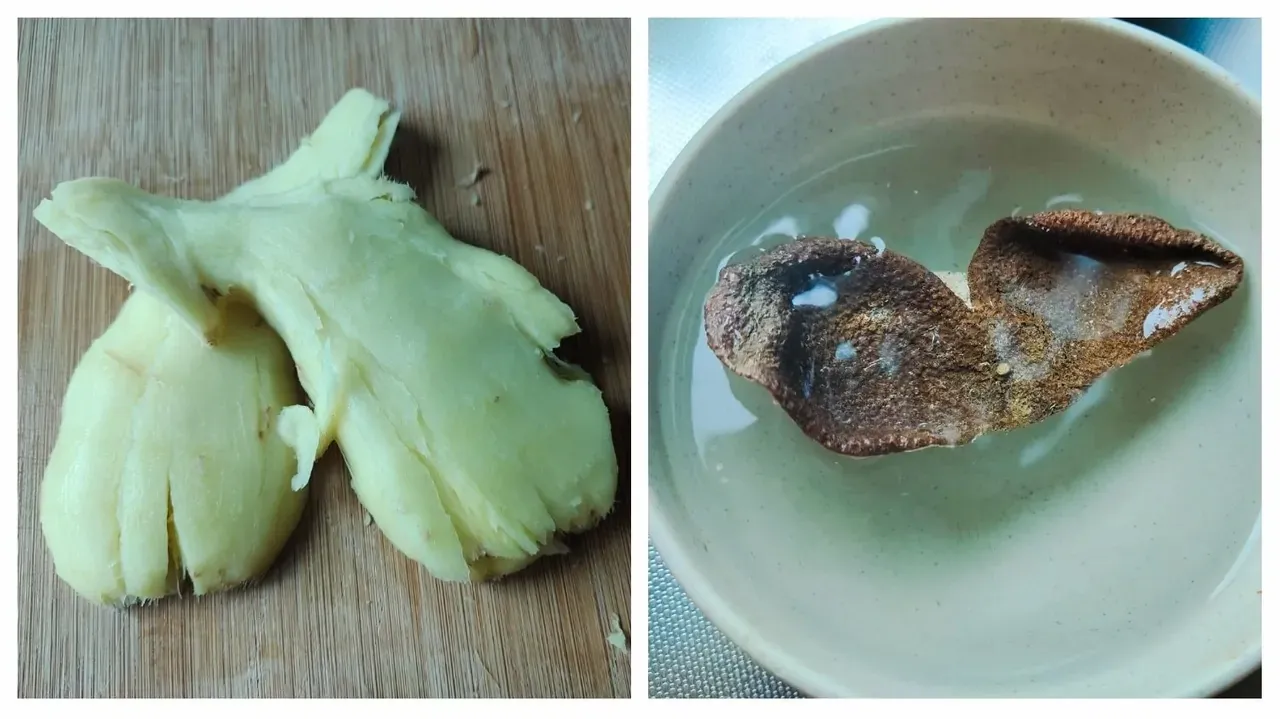 | 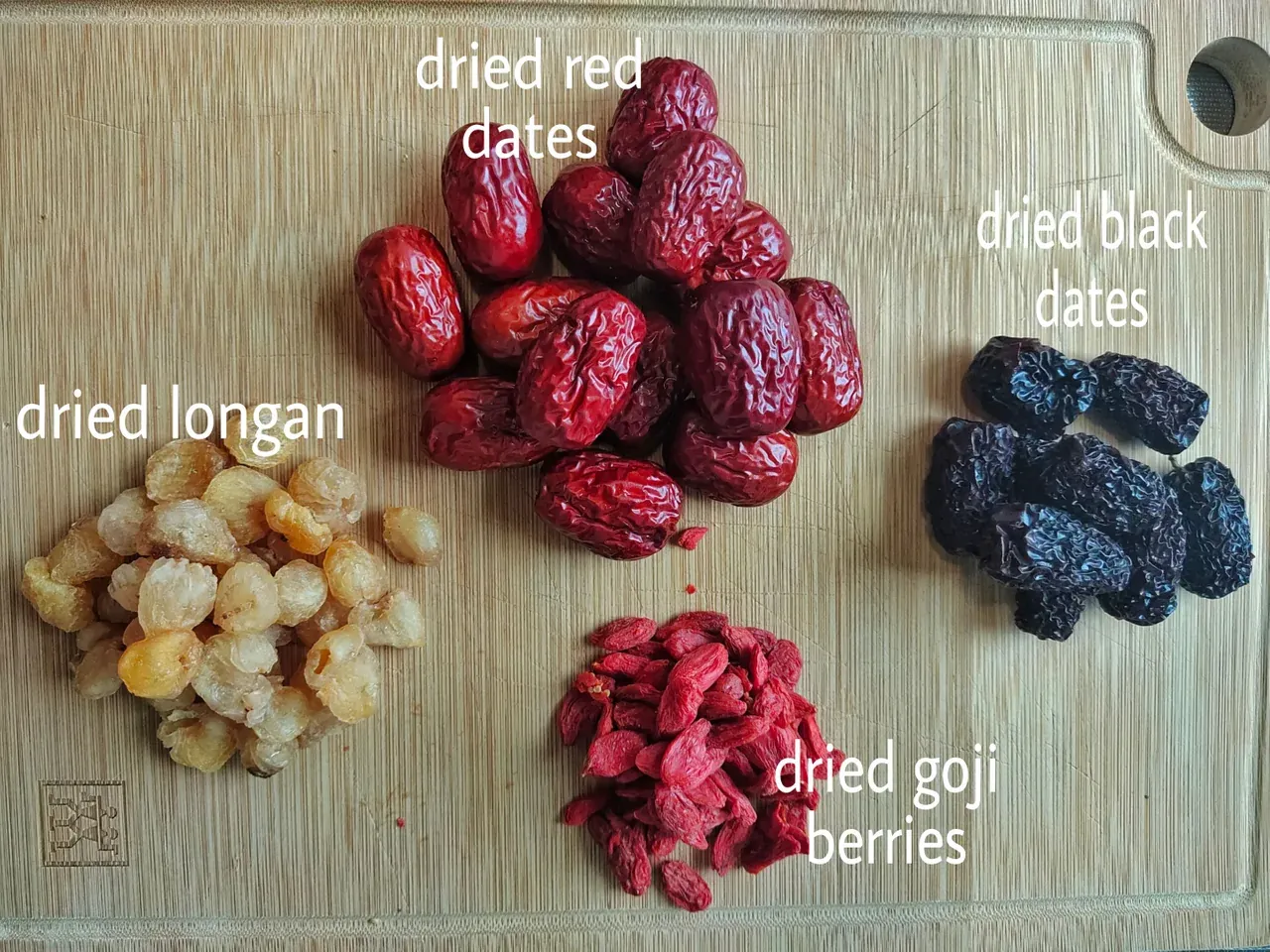 |  |
|---|
When visiting Chinese countries, it is typical to see a wide variety of dried products hanging in several market stalls, and you would probably ask yourself what are those for. I did when I was just new here. The pungent, salty, and distinct smell wafts in this area but is somehow bearable.

I visited the market with Chinese herbs the other day and I questioned myself if these are the secret to a Chinese longer life. Yet, at the same time, I questioned what are those, where they came from, and their names because the majority are unfamiliar to me.
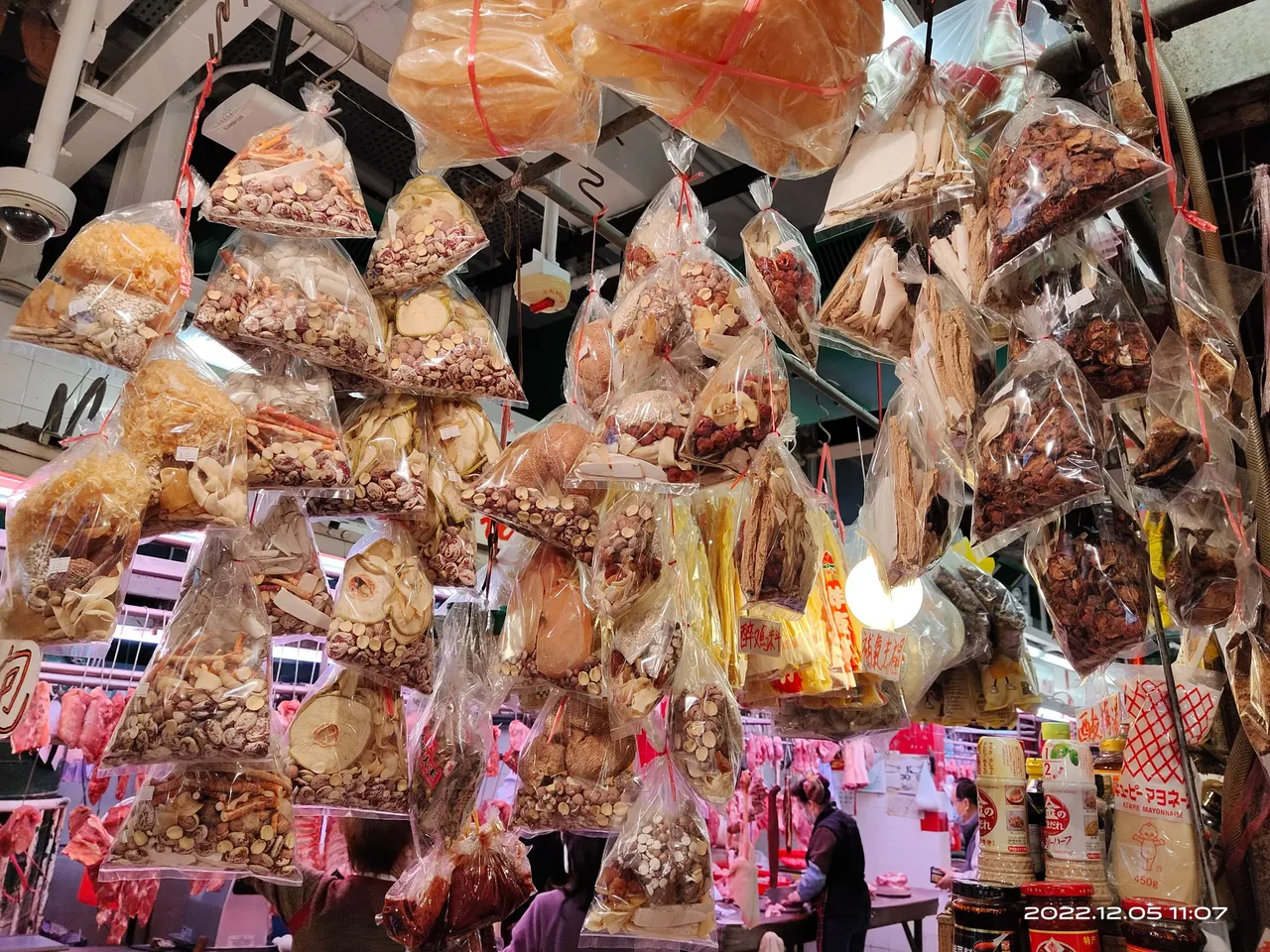
The only part that I am familiar with are the dried mushrooms, dates, beans, nuts, goji berries, dried yam, and other dried seeds for soup. I wonder how many varieties of dried products are here and how long it takes to produce these dried products. I can't even identify most of them, not even the ginseng root.
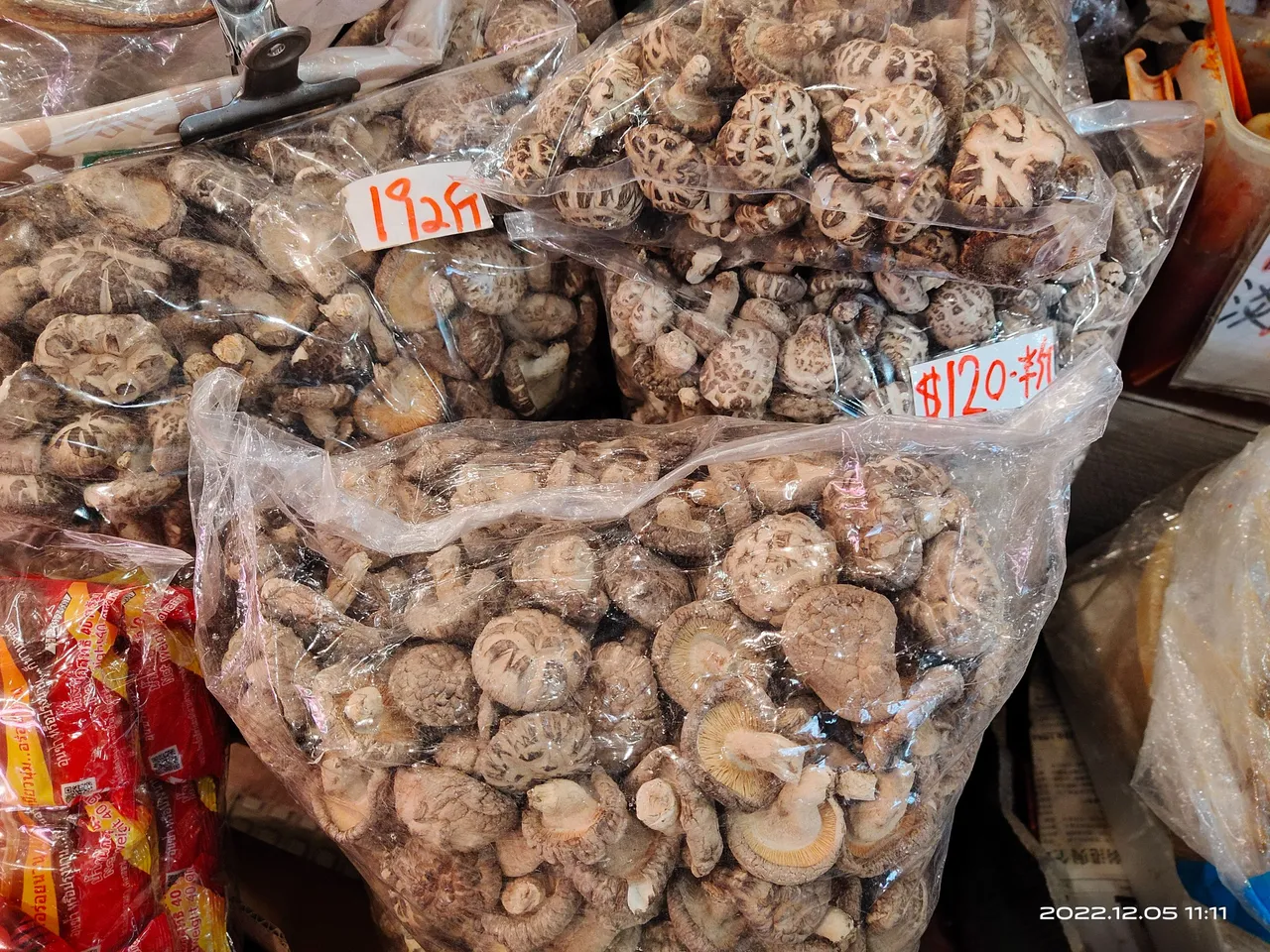 |  |
|---|
 | 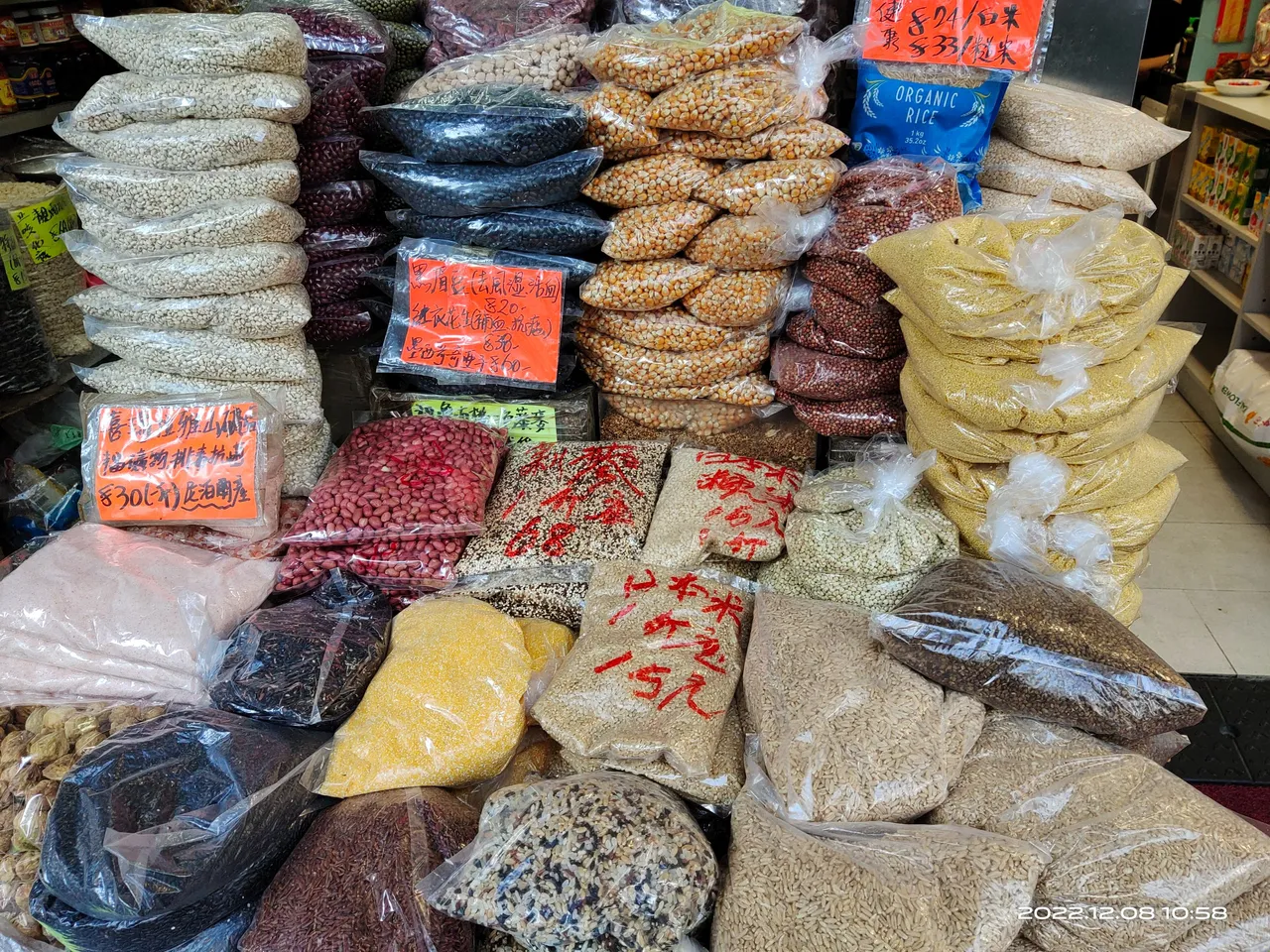 |
|---|
These are not just Chinese herbal ingredients, many are dried seafood. Well, Hong Kong people are drawn to their roots and their fondness for dried seafood. Even in most restaurants, Chinese traditional seafood dishes are the most popular.
If I'm not mistaken, these are dried abalone, squid, and clamps.
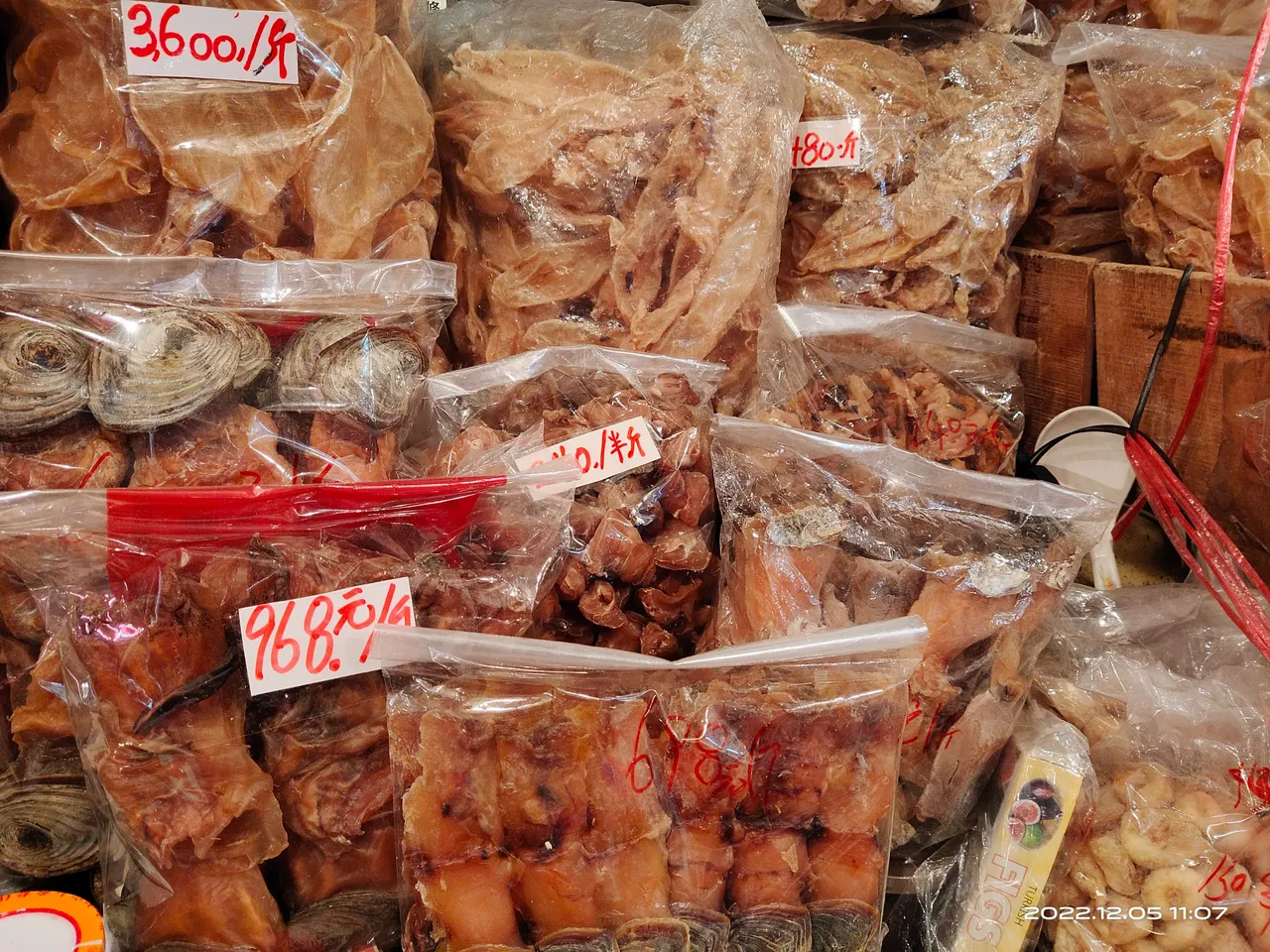
But since the process of making dried products requires more labor, from harvesting them to the drying process, prices are expectedly high. Would you dare to buy a single fish maw worth a few thousand Hong Kong dollars? I wonder if it's beneficial and worth the cost. The shark's fin for soup, of course, is the most expensive one here in HK.
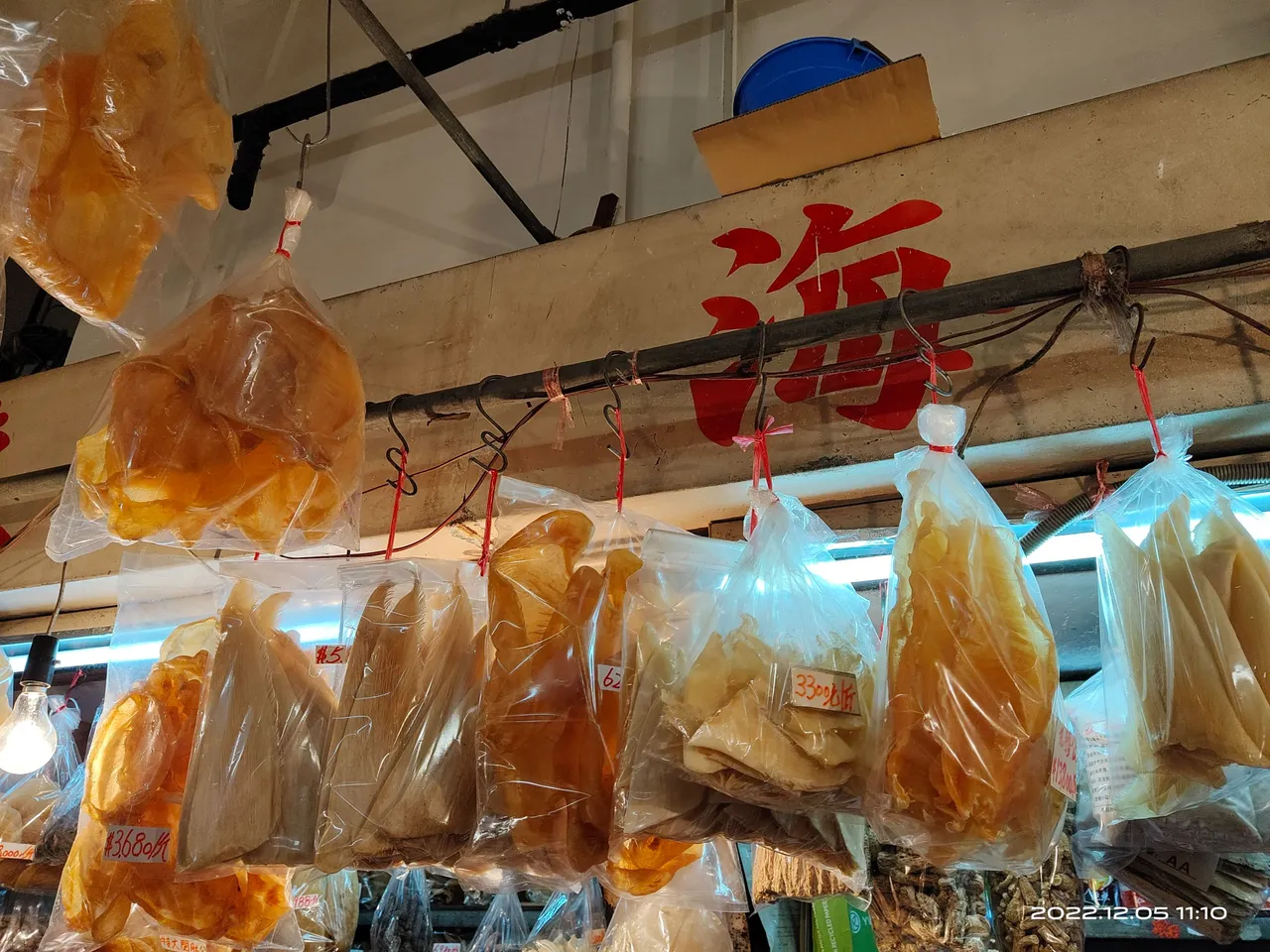

I was intrigued by these dried sea creatures and I even thought they were worms. Aren't they look exotic? Upon finding out the name, they are actually sea cucumbers. I never tried eating one in my life as I am not a fan of exotic food.
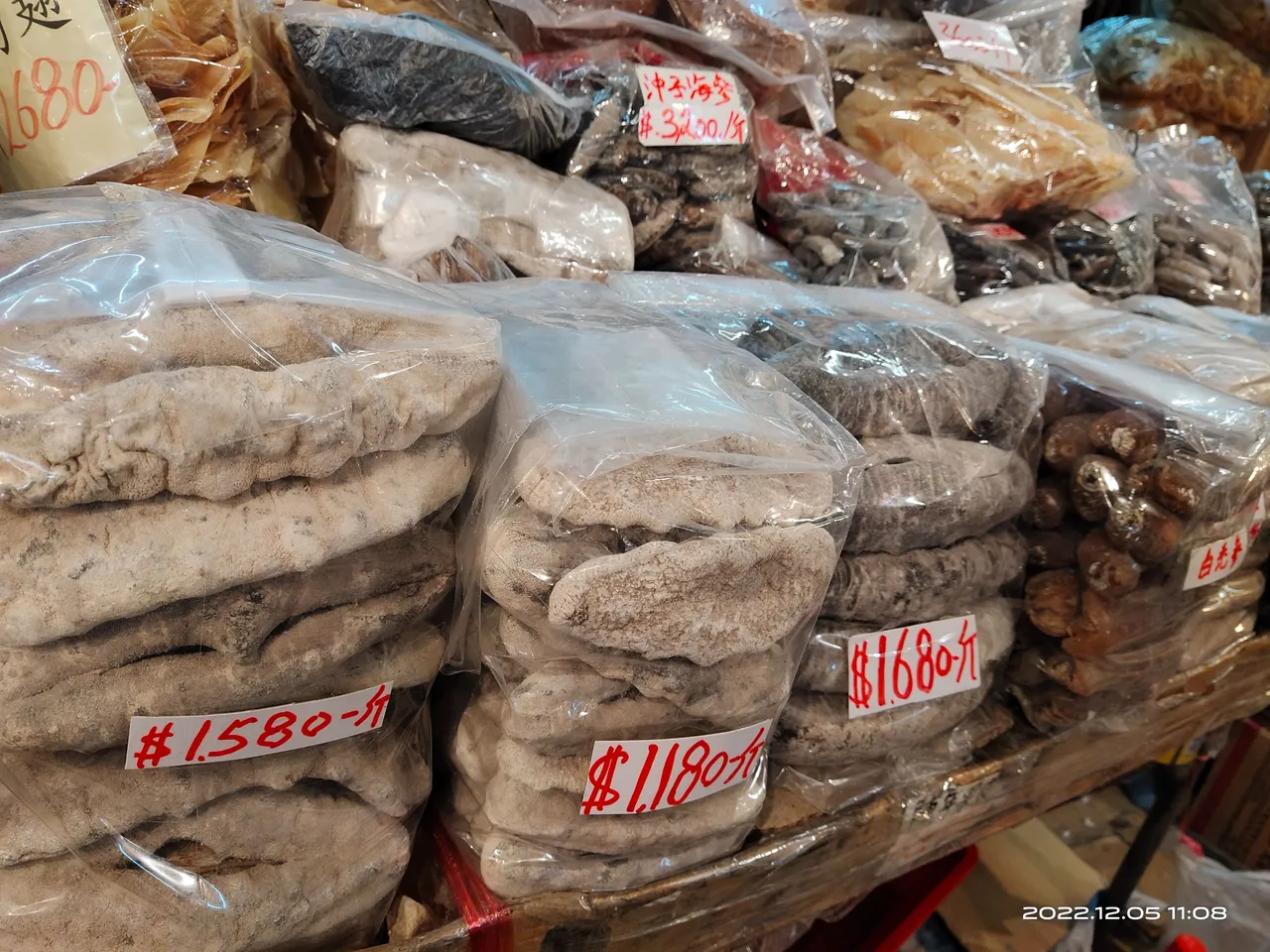
But do you know that this is healthy too?
According to Memorial Sloan Kettering Cancer Center, sea cucumber is used in traditional Chinese medicine to treat fatigue, impotence, constipation, frequent urination, and joint pain. It is also a rich source of chondroitin sulfate, commonly used for arthritis.
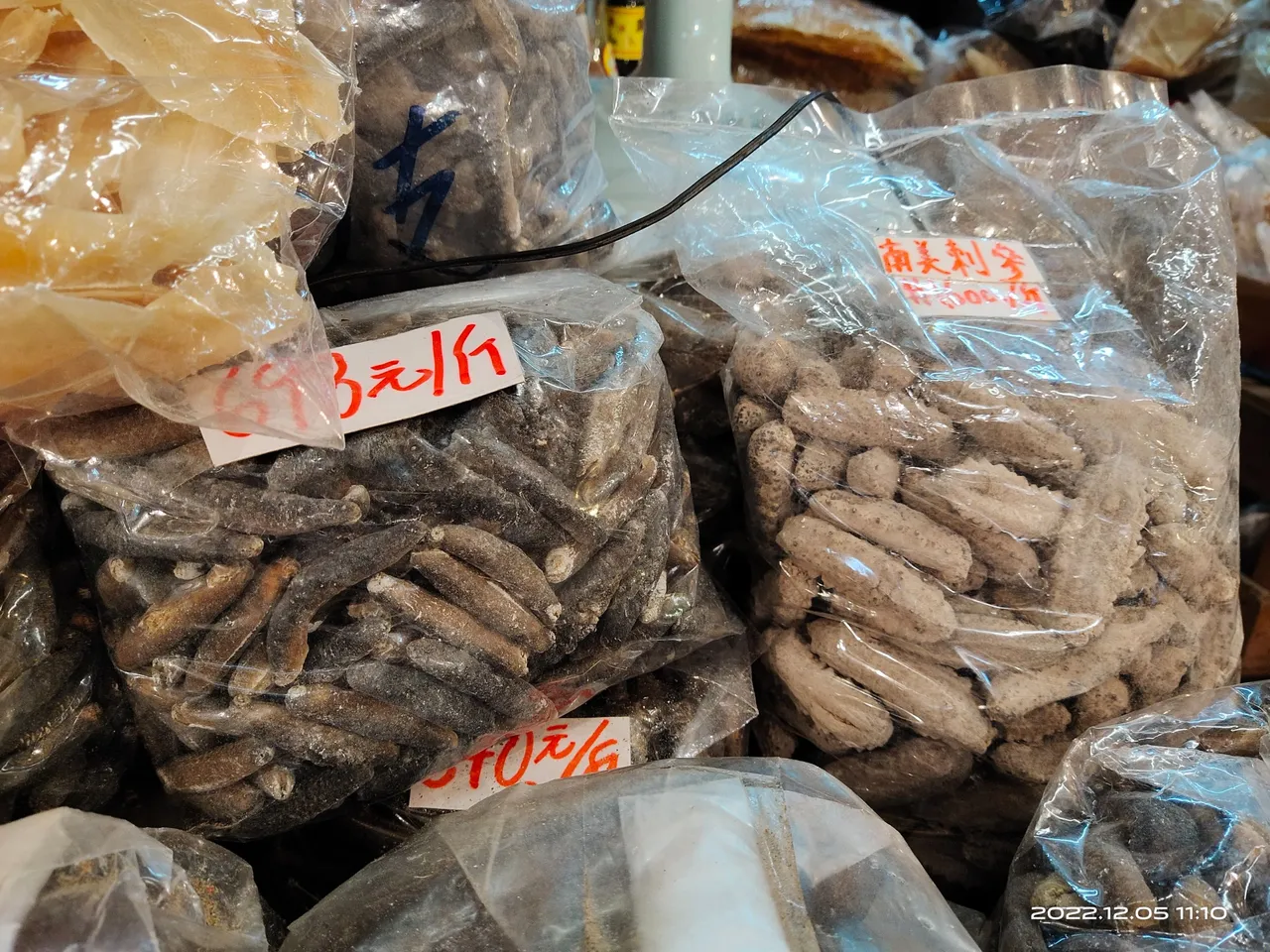
Not just sea cucumbers, but all dried products have amazing health benefits, and there are a plethora of dried ingredients in any Chinese place that are typically used in making traditional delicacies, Chinese dishes, and soup.
Aside from Chinese herbal ingredients, dried seafood and preserved products are popular too in Hong Kong.
I do eat dried seafood like dried shrimp, squid, and fish as we have them in our country too. The dried shrimp is good to cook with vegetable recipes like pinakbet. You can click the link to check that Filipino recipe.
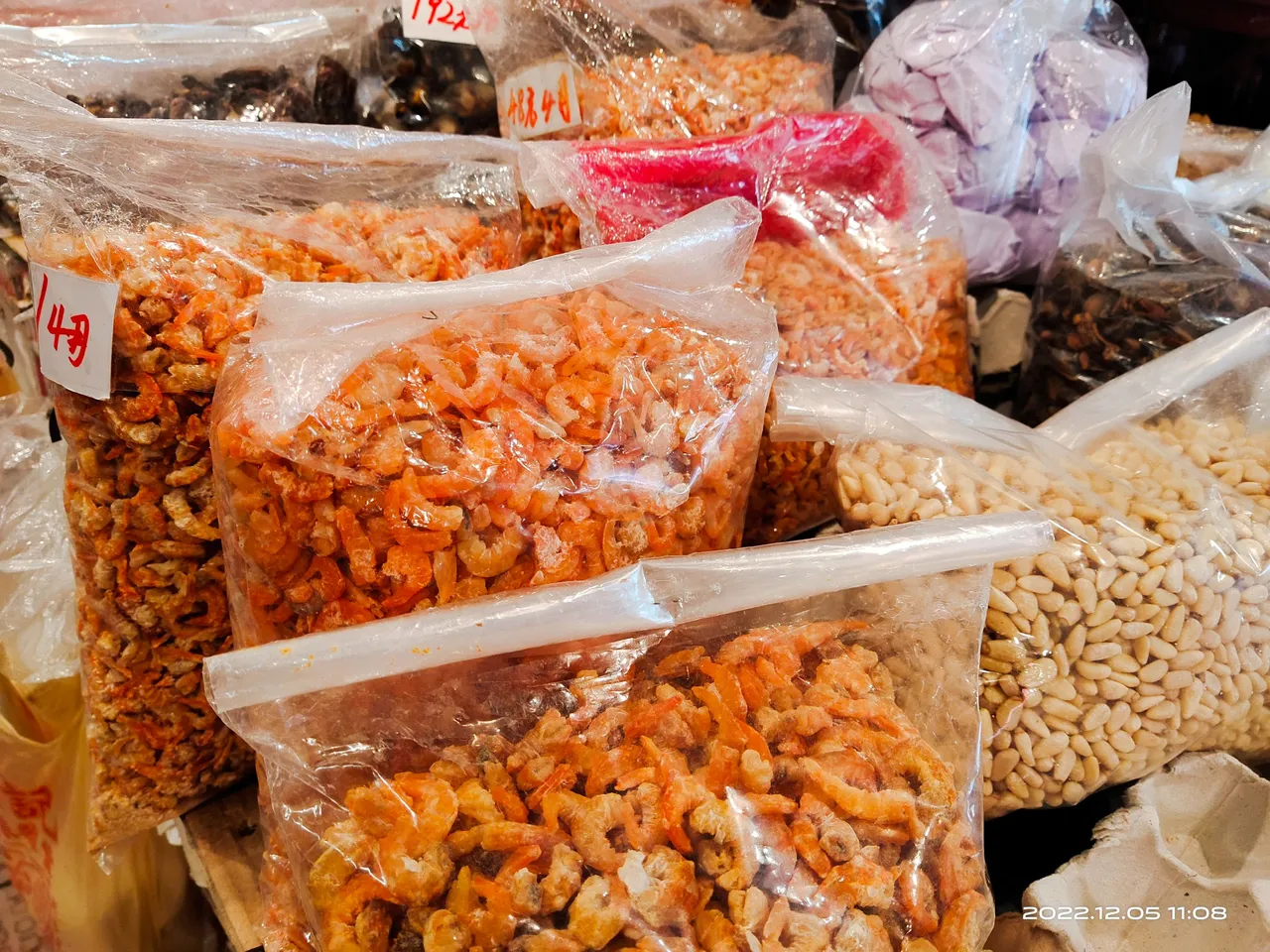
The dried squid and fish are some of my bets. We like pairing them with porridge or fried rice for breakfast. I suddenly missed Filipino food from dried seafood.
 |  |
|---|
Have you tried eating Chinese sausages?
They originated from China and these taste so different from the western sausages we usually buy in the supermarket. We call it Lap Cheong in Cantonese and these come in different varieties. The lighter ones are made from fresh pork, while the darker ones are made from pig liver, and some are duck and turkey liver. I like eating lighter-colored sausage as the darker one has a distinct heavy flavor. Chinese sausages are just one of the special food here in Hong Kong and in other Chinese countries.

What about preserved duck and pork belly?
The preserved duck is called Nanjing salted duck which originated in Nanjing China and came in the 14th century. Meanwhile, the preserved pork belly is called lap yuk or cured pork belly. This is traditionally made in the cold season by hanging and wind-drying pork belly outside. But nowadays, there are ways to make preserved pork belly even at home.
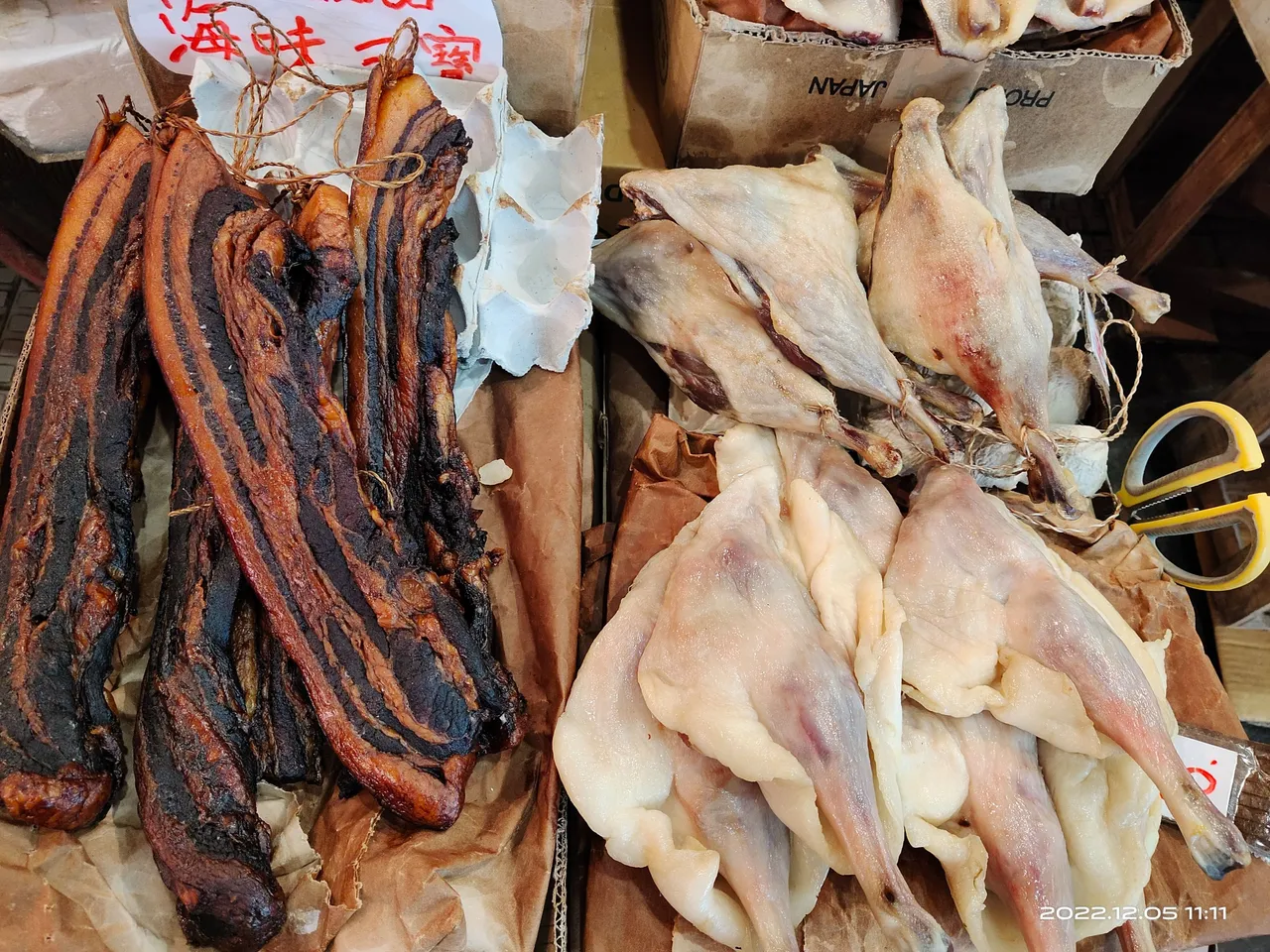
Not just pork belly and duck are being preserved by Chinese people, but also other kinds of meat and even tofu.
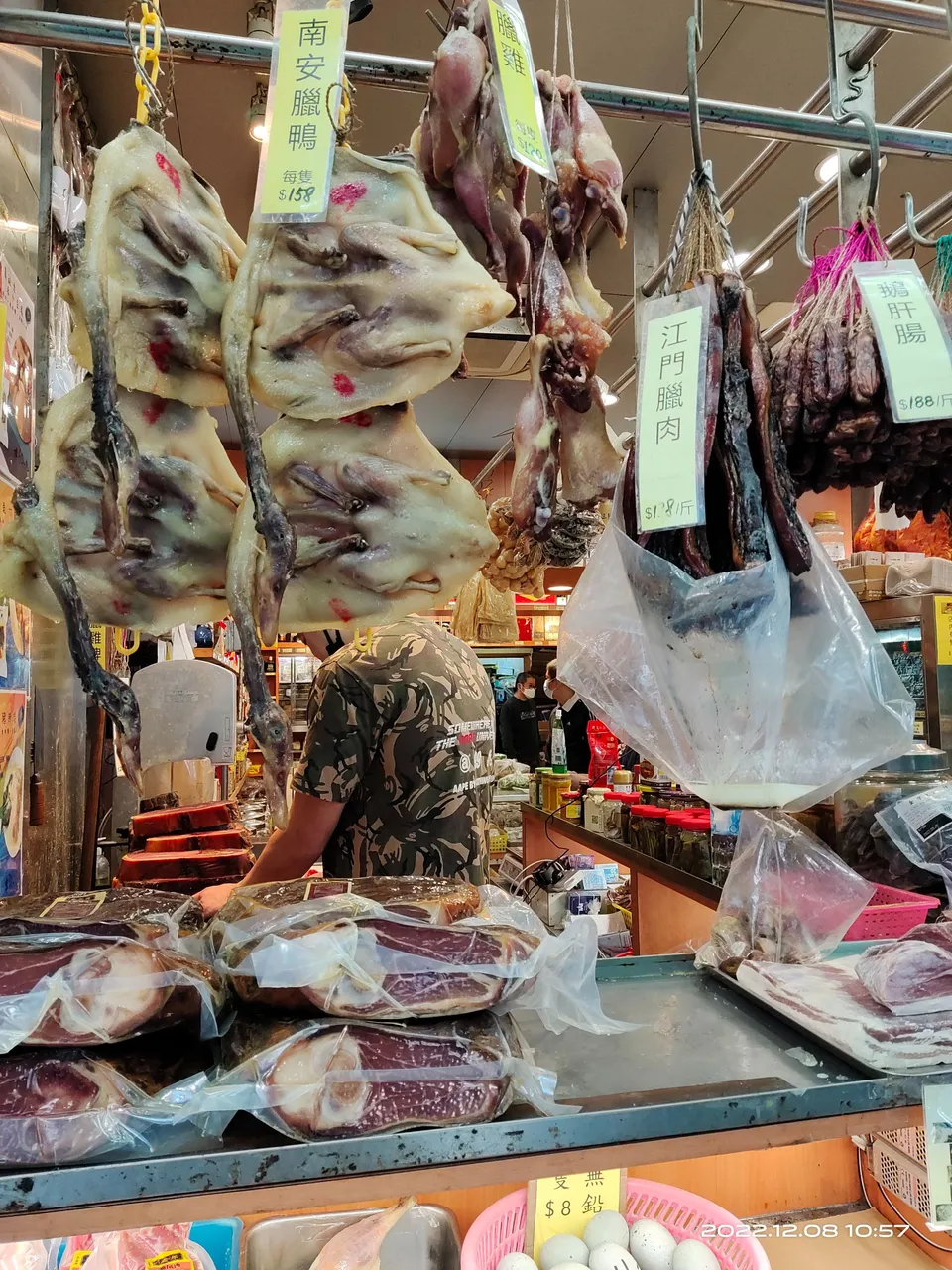
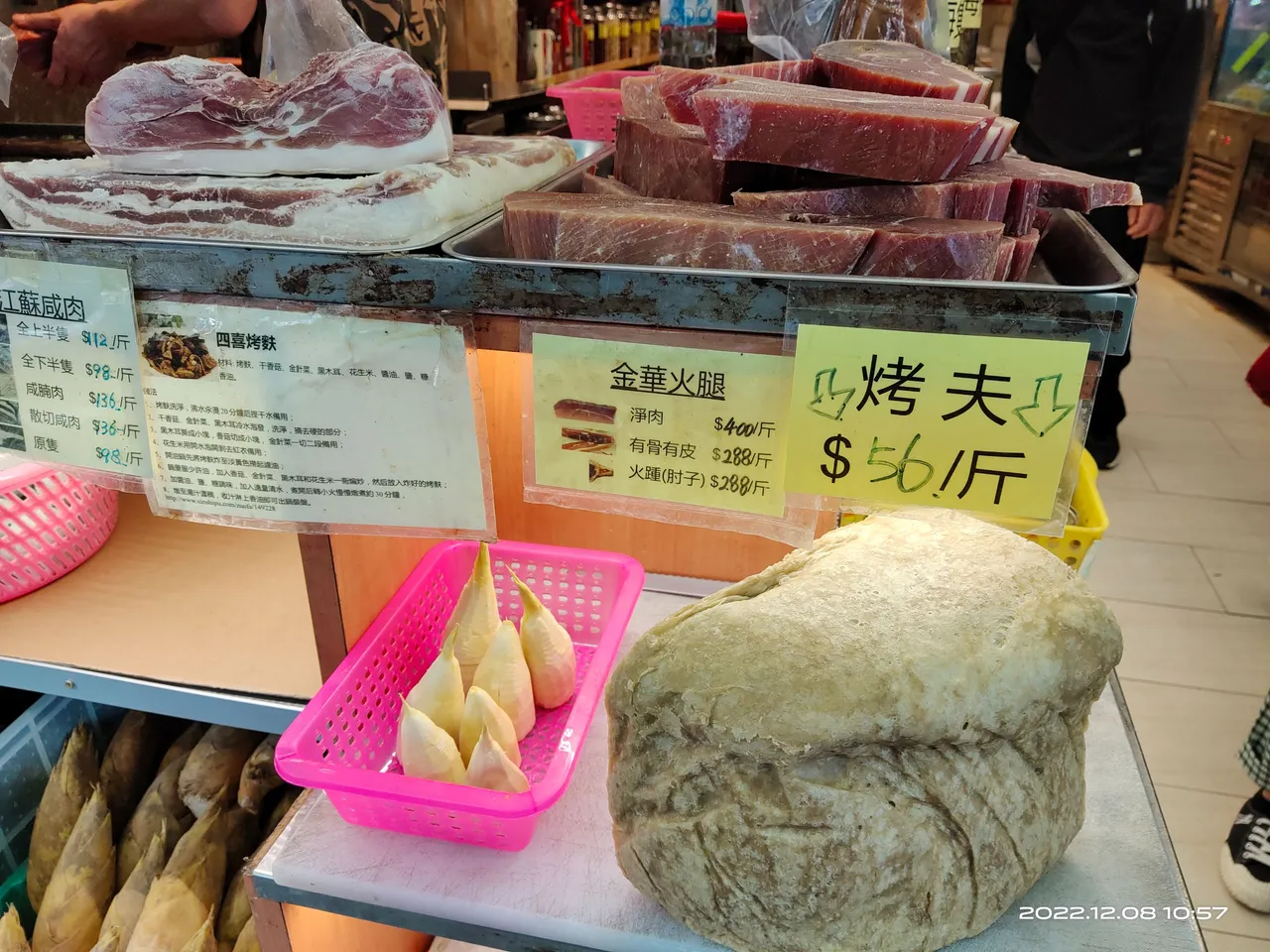
Meanwhile, the last part is for fresh and dried tofu, preserved octopus, and beef stripes, and those hung in plastics are dried fish skin and different types of dried products made from tofu.

Drying and preserving food is definitely the best method to prolong the shelf life of food without adding any unhealthy preservatives. We got this from the era when there aren't refrigerators and machines that can preserve food yet. Besides, drying and fermenting food ate undeniably have health benefits as well.
That's all for today's #MarketFriday initiated by @dswigle. If you have stories about markets in your place, don't hesitate to drop them in this Market Friday community.
Happy end of weekdays everyone!
(All photos are mine)


You can also reach me on my socials and let's be connected:
